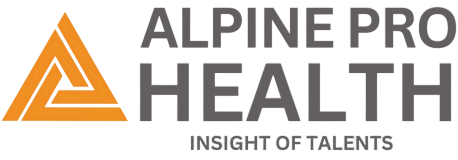The health environment is continually shifting and evolving. In 2025, it is the age of digital transformation where HEDIS reporting is highly driven to bring improvements in the Healthcare Effectiveness Data and Information Set. HEDIS employs standardized measures to measure the quality of care provided, thereby creating real time and reliable data that supports health plans and providers in providing the best results for their patients. In that regard, we examine the top drivers of HEDIS reporting as a digital 2025 and the impact this change will have on shaping healthcare quality measurement.
Emergence of Electronic Clinical Data Systems
The most significant advancement in HEDIS reporting is the incorporation of Electronic Clinical Data Systems (ECDS). These systems allow for the aggregation of data from different sources, including EHRs, HIEs and patient-reported outcomes. ECDS facilitates the following capabilities for health plans:
- Streamlines Data Collection: Automates clinical data extraction and reduces dependence on manual chart reviews.
- Improves Data Accuracy: Reduces errors associated with traditional data collection methods.
- Optimize Timeliness: Facilitate real-time quality metrics reporting and analysis.
Telehealth and HEDIS Measures
The massive adoption of telehealth has paved the way to new opportunities yet challenges for the reporting of HEDIS. By 2025, a telehealth visit will be confirmed as validly applicable for a HEDIS follow-up care of hospitalization to treat mental conditions or chronic situations such as diabetes or hypertension. Moreover, digital health tools, today, include:
- Remote Monitoring: Wearables and mobile health apps capturing patient data support measures such as blood pressure control and weight management.
- Accurate Documentation of Telehealth Encounters: Ensuring proper coding and inclusion in HEDIS reporting.
- Patient Engagement: Digital platforms empower patients to track their progress and improve compliance with care plans.
Big Data and Predictive Analytics
The role of big data and predictive analytics in HEDIS reporting cannot be understated. Advanced analytics platforms are transforming raw data into actionable insights that help providers identify care gaps and implement timely interventions. The key benefits include
- Proactive care management through prediction of those likely to fall at-risk and timely interventions.
- Population health insights through the revelation of trends as well as disparities across populations to address SDOH.
- Optimized Resource Allocation: Helping organizations focus on high-impact areas to improve HEDIS scores and align with Physician Quality Reporting System (PQRS) goals.
Challenges in Digital Transformation
While the digital transformation of HEDIS reporting offers numerous advantages, healthcare organizations must navigate several challenges:
- Interoperability: Ensuring seamless data exchange between disparate systems remains a critical hurdle.
- Data Privacy and Security: Maintaining compliance with HIPAA and other regulations while leveraging advanced technologies.
- Staff Training and Adoption: Training the healthcare teams to use digital tools effectively for HEDIS and PQRS reporting.
Conclusion
The transformation of HEDIS reporting in 2025 is driven by technology and a firm focus on patient centered care. Organizations embracing such changes will be better prepared to deliver quality care, improve patient outcomes, and succeed in the value-based healthcare environment.
We center HEDIS and Physician Quality Reporting System measures at Alpine Pro Health to guide healthcare organizations as a mean of quality improvement in the digital space. Contact us today to see how we can support your path to excellence in healthcare quality measurement.


